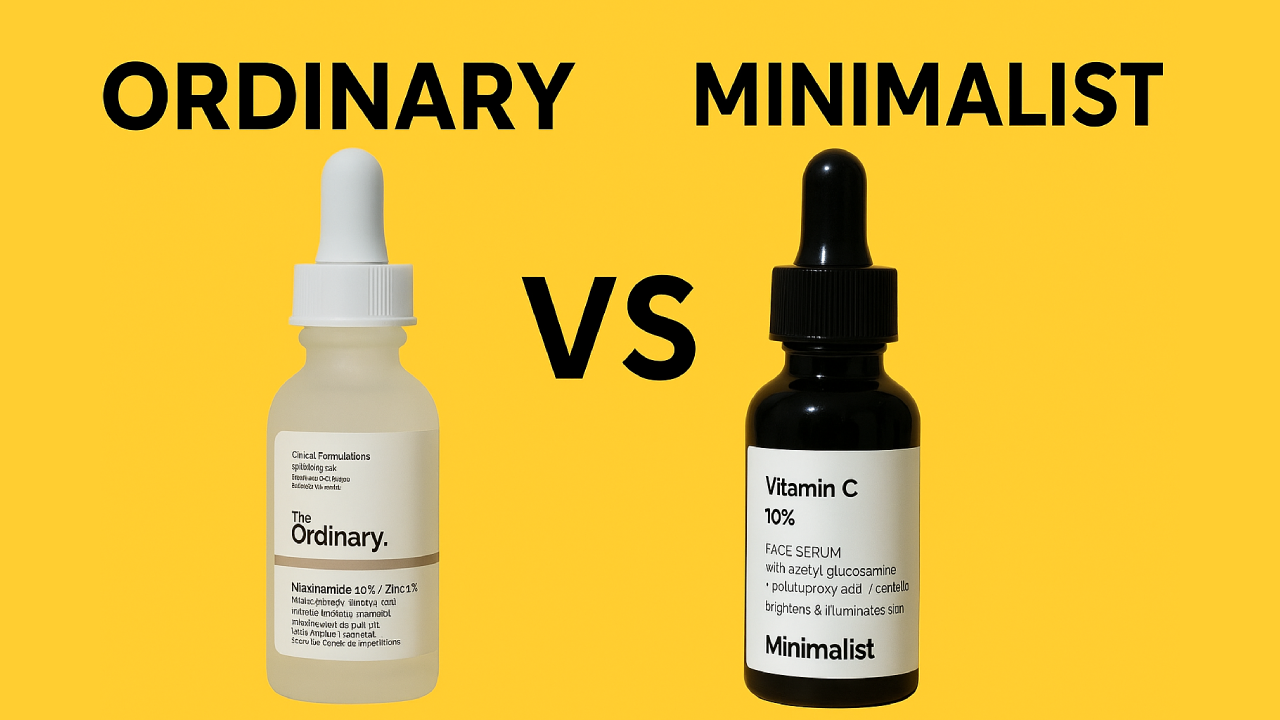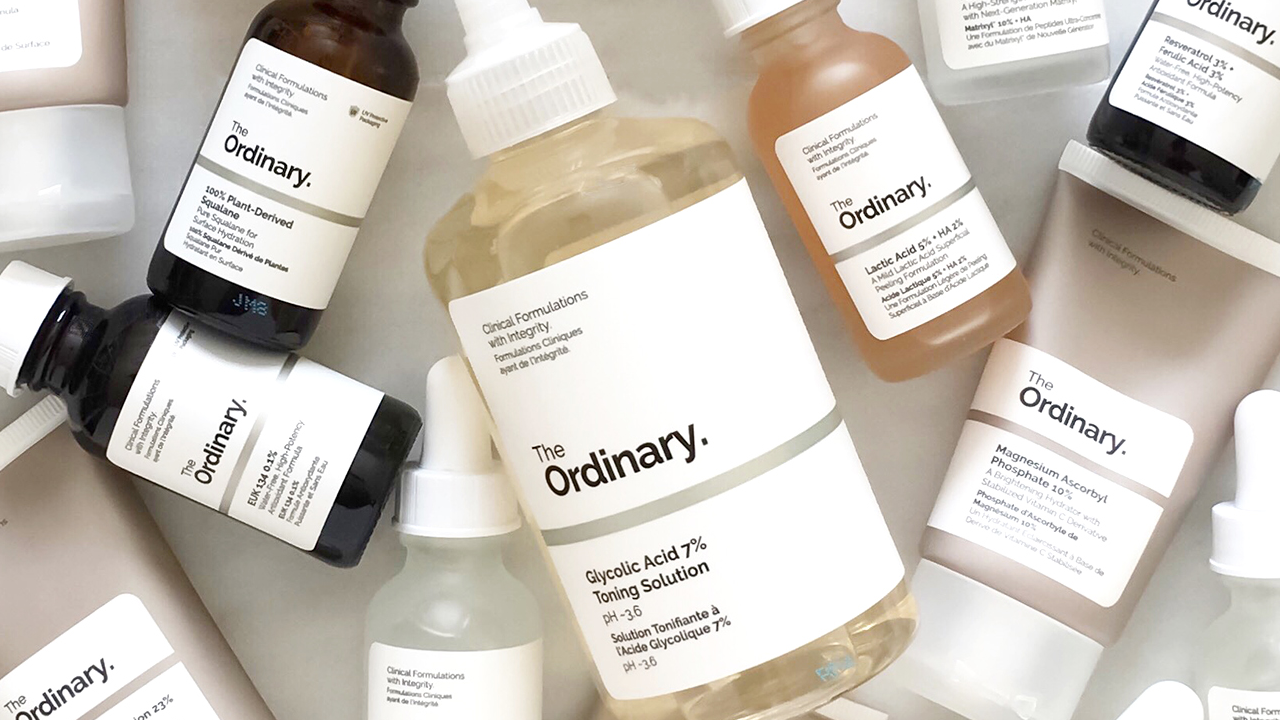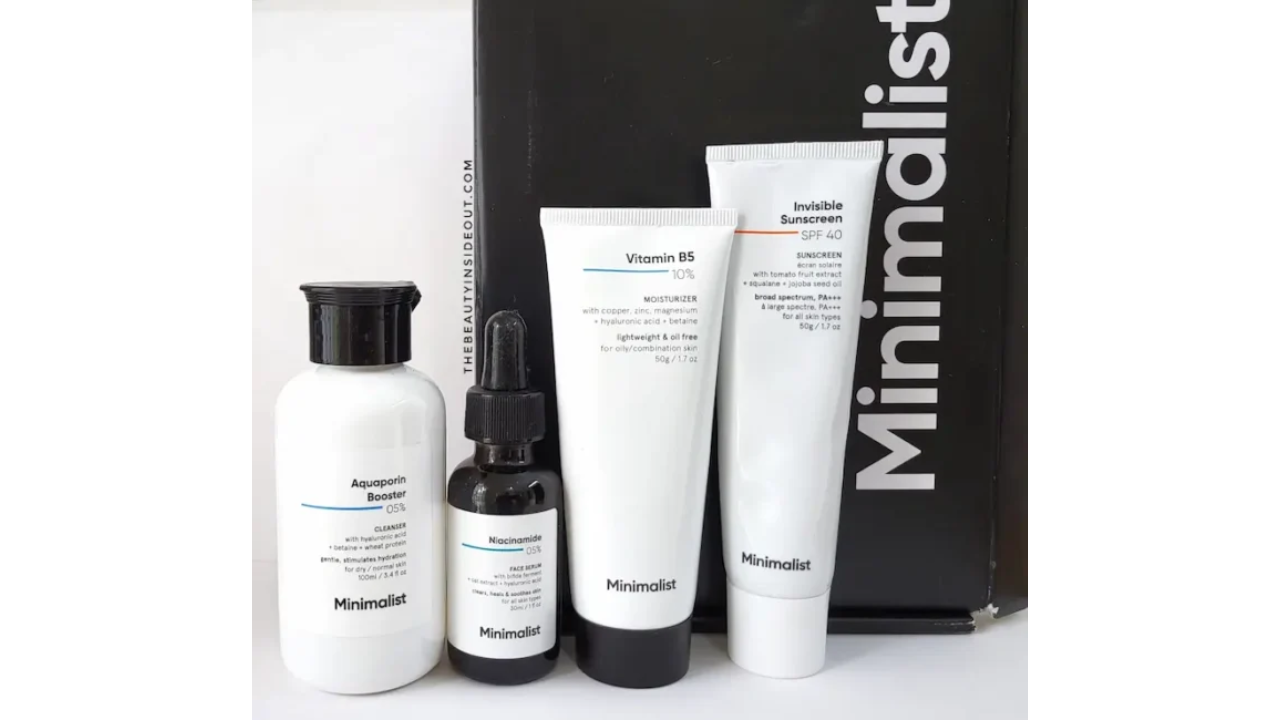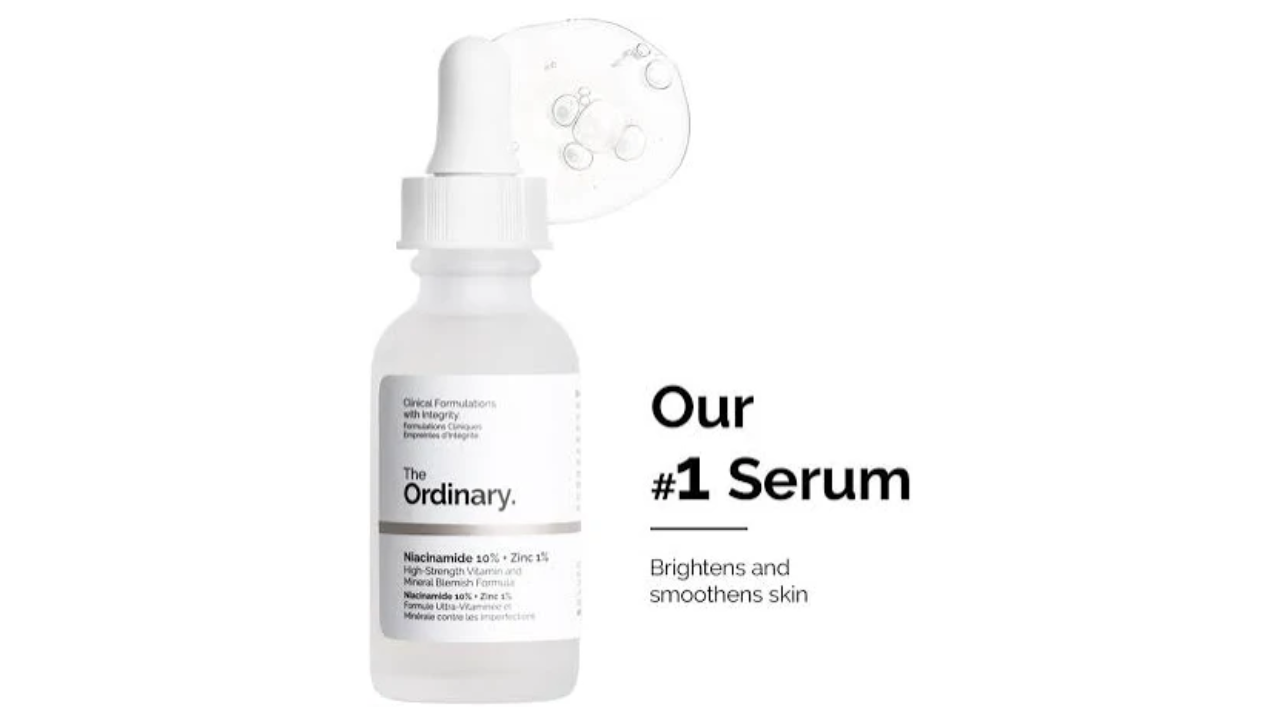
The spider-man pointing at each other meme has gone beyond the realms of just being a meme to a full-blown reality for The Ordinary and Minimalist. As two leading brands in the self-care industry with ingredient-driven, reasonably priced products, they are bound to share some similarities. But the devil is in the details.
For a leading Branding Agency in Ahmedabad, this is more than just a skincare debate; it’s a fascinating study in brand strategy. Both brands dominate the beauty industry, but their approaches to marketing and development are fundamentally different. This competition reveals a tale of localized market dominance versus a global branding strategy, and we’re here to help you decide which is superior
Table of Contents
- The Ordinary vs Minimalist: Know your brands
- Allegations of Copying and How Minimalist Responded
- Product Philosophy and Transparency
- Pricing and Accessibility
- Social Media Presence and Community Building
- Final Thoughts
- FAQs
The Ordinary vs Minimalist: Know your brands

With its science-based formulas, simple packaging, and affordable prices, The Ordinary has long been a disruptor in the skincare industry. It was introduced in 2016 by the Canadian parent company DECIEM. They emphasised transparency, putting the active ingredients on display and informing customers about what they were putting on their skin which immediately led to a cult following.

Enter Minimalist, a domestic competitor that debuted in 2020 with a strikingly similar strategy: ingredient-first marketing, minimalist branding, and reasonably priced formulations. Minimalist has successfully carved out a niche for itself by catering to Indian skin concerns, climate and consumer habits, despite the controversy surrounding its resemblance to The Ordinary and accusations of imitation. This has allowed Minimalist to capitalise on the controversy and gain a massive valuation of ₹ 3000 Crore.
Allegations of Copying and How Minimalist Responded
When Minimalist debuted in 2020, several digital critics accused it of shamelessly stealing The Ordinary’s packaging, product ideas, and ingredient-driven branding. The resemblance in bottle shape, labelling design, and formula composition was hard to overlook and provoked discussions around uniqueness in Indian D2C brands.
The backlash worsened on social media platforms like Reddit and Instagram, where people referred to Minimalist as “The Ordinary’s Indian twin” or even straight up “a copy”.
Minimalist’s co-founder Mohit Yadav had to speak out. He said that The Ordinary had influenced their initial packaging and strategy but stood by the reason for the brand to be: offering high-quality, science-based skincare at affordable prices to Indian customers. He reiterated that although the visual aesthetic may have felt familiar, formulations were designed around Indian skin issues, humidity levels and costs.
By speaking out about the controversy and not staying silent, Minimalist redefined the story: from “copycat” to “local innovator filling an unserved gap”. But the allegations still persist, the lines of ethical business ideals get blurry day by day and as a digital marketing agency, we need to start the tough conversations.
Product Philosophy and Transparency
The Ordinary, under DECIEM, has become synonymous with radical transparency. Their packaging is clinical and minimal, yet potent, listing key ingredients and percentages clearly, such as “Niacinamide 10 % + Zinc 1 %,” with most of their products priced under Rupees 800. Due to this accessibility and clarity, DECIEM(The parent company) reports sales of 8 million units in a single year, up from 2 million in its first three years combined.
Source: Allure.

Minimalist brought the same ingredient-first mindset to India, with their ‘desi’ twist for local context. Its labels highlight ingredient names and percentages, often citing suppliers and clinical trial outcomes for transparency. While inspired by The Ordinary’s model, Minimalist formulated its products to address skin concerns common in India, such as hyperpigmentation, uneven skin tone, and sun damage, which are more prevalent due to the climate. It also focused on educating the Indian audience that was new to the concept of active skincare, using simple, science-backed content to build trust and cut through the “marketing fluff” common in the Indian beauty industry. This approach of “transparency by choice” was applied to everything from product pages to social media content, making complex science accessible and relatable to local consumers. The price range too was moulded in favour of the Indian mindset because the global ingredient-first brands (like The Ordinary) are premium imports. Minimalist’s “desi twist” is making those science-backed formulations available at Indian-friendly price points without compromising transparency
The results have been really impressive. Minimalist reported revenue growth from ₹21 crore in FY21 to ₹184 crore in FY23, a staggering 70 % year-on-year increase.
Pricing and Accessibility
The main reason why Minimalist was able to dominate the market so easily even though there was a good presence of The Ordinary was because of the pricing range and ease of access. The Ordinary remains affordable in most markets but becomes expensive in India due to import duties. Minimalist’s local production gives it an edge in price, availability, and freshness of stock.
Although The Ordinary has caught up to Minimalist in the price factor, there will always be a home advantage for Minimalist. Locally manufactured brands like Minimalist benefit from lower freight, quicker restocking, local pack sizing and closer control over distribution. That tends to translate into steadier availability on local marketplaces and more aggressive retail pricing or promotions. Minimalist’s rapid revenue growth and scale in India also allow it to invest heavily in distribution and promotions, which supports shelf presence and frequent stock replenishment. For context, Minimalist reported a large jump in turnover in FY22, reflecting rapid scale up across channels.
Source: Entrackr
| Brand | Origin | USP | Avg. Price Range | Reach |
|---|---|---|---|---|
| The Ordinary | Canada | Science-backed, single-ingredient formulas | ₹500–₹1,500 | 40+ countries |
| Minimalist | India | Transparent, affordable, Indian-formulated skincare | ₹299–₹699 | India + select markets |
Social Media Presence and Community Building
Minimalist: Educate First, Earn Trust Next
Minimalist took an unconventional path in Indian skincare, ignoring the flashy celebrity endorsements for radical transparency and ingredient-centric storytelling. Their signature move has been “Ingredient Spotlight Launches”, where they tease new active ingridients ahead of launch, generating buzz and setting expectations through education rather than hype.
Here’s how Minimalist smartly announced their Retinol serum with the help of the “Ingridient Spotlight” strategy
This post teased a new Active ingredient by not mentioning the full name, the leadup being a fully fledged reveal reel that was posted after 2 weeks of this post
Their packaging reinforces this approach by providing ingredient percentages and clear explanations. Basically building credibility through clarity.
Furthermore, Minimalist scaled rapidly through content-led growth. While other brands splurge on discount-driven campaigns, Minimalist focused on blogs, explainer reels, and IG carousels that teach users how niacinamide, salicylic acid, or vitamin C work, and why they matter. This educational-first strategy helped the brand grow from zero to over ₹100 crore in eight months and to sidestep traditional marketing entirely, building a ₹360 crore business purely through consumer trust and repeat purchases.
The Ordinary: Science via Storytelling, Community via Credibility
On the global stage, The Ordinary cemented its cult status with its no-gimmicks, clinical aesthetics, all packaged with scientific clarity. Products are labeled straightforwardly (e.g., “Niacinamide 10% + Zinc 1%”), avoiding marketing fluff in favor of truth. This radical transparency rooted their brand as science-first and value-driven.
Their social media presence backs this ethos with a strong educational layer. On TikTok, they amassed over 1.3 million followers and 16 million likes by leaning into ingredient science, explaining molecular structures, and running educational contests like TikTok Q&A, which drove serious engagement and trust.
Rather than celebrity glamour, The Ordinary turned to authentic micro-influencers, skincare forums, and fan-driven communities—such as Deciem Enthusiasts—fueling word-of-mouth growth. Their staff even act as ambassadors, making behind-the-scenes and research feel human and accessible.
| Feature | Minimalist | The Ordinary |
|---|---|---|
| Influencer Engagement | Actively collaborates with influencers and highlights UGC. | Leverages organic reviews and endorsements from global dermatologists and influencers. |
| Educational Focus | Educates and demystifies skincare science for a wider audience | Emphasises detailed ingredient information and scientific explanations. |
| Community Building | Builds community through influencer collaborations, content, and relatable tips. | Fosters community interaction through online forums and encourages customer reviews. |
| Social Media Strategy | More engagement-focused, using reels and social media to simplify routines. | Relies more on established skincare authority and educational content. |
| Target Audience | Millennials and Gen Z seeking effective, gentle, and accessible solutions. | Ingredient-savvy skincare enthusiasts who appreciate potent formulas |
| Language & Tone | Friendly, informative, and accessible language. | Clinical and somewhat indifferent, using more complex scientific terminology. |
While both brands champion transparency and science-backed skincare, Minimalist leans towards an engaging, localised, and influencer-driven social media presence, aiming to simplify skincare for a wider, more accessible audience in India. The Ordinary, on the other hand, embraces a more global and clinical approach, empowering skincare enthusiasts with detailed ingredient knowledge and fostering community through fan groups and online forums, according to bigblue.co. Both approaches have proven effective in building loyal communities and achieving significant success in the skincare market.
Final Thoughts
The Ordinary and Minimalist both provide comparable results for many of the same skin issues, originality is still a strong differentiator. Minimalist has picked up steam due to its price point and availability, but the brand’s success has been overshadowed by controversy over how much the company resembles The Ordinary.
The Ordinary, on the other hand, created its ground with innovation and honesty. Pioneering ingredient-driven skincare years before it went mainstream. As observed in the service of a branding agency in Ahmedabad, genuine reach typically comes from creating trends instead of chasing them.



